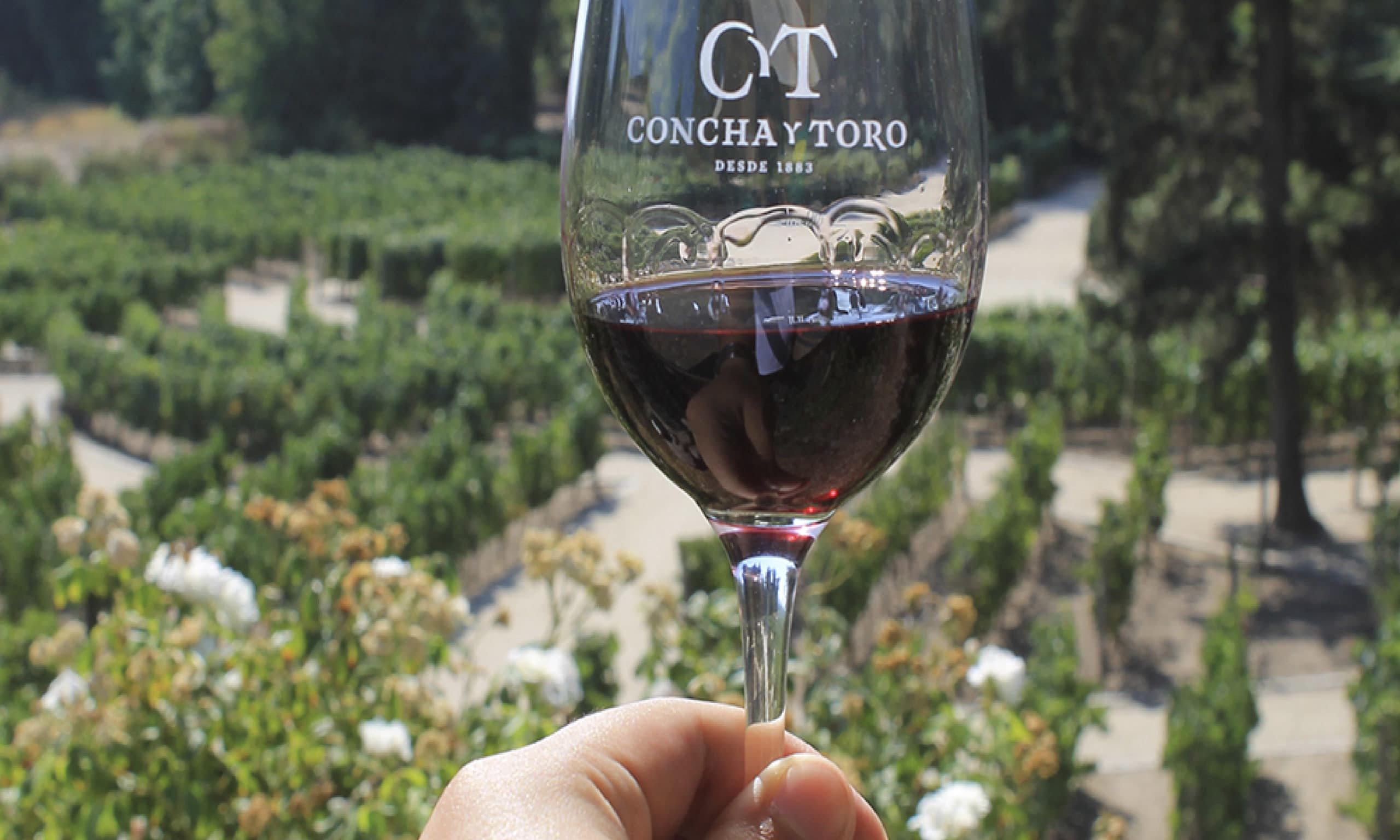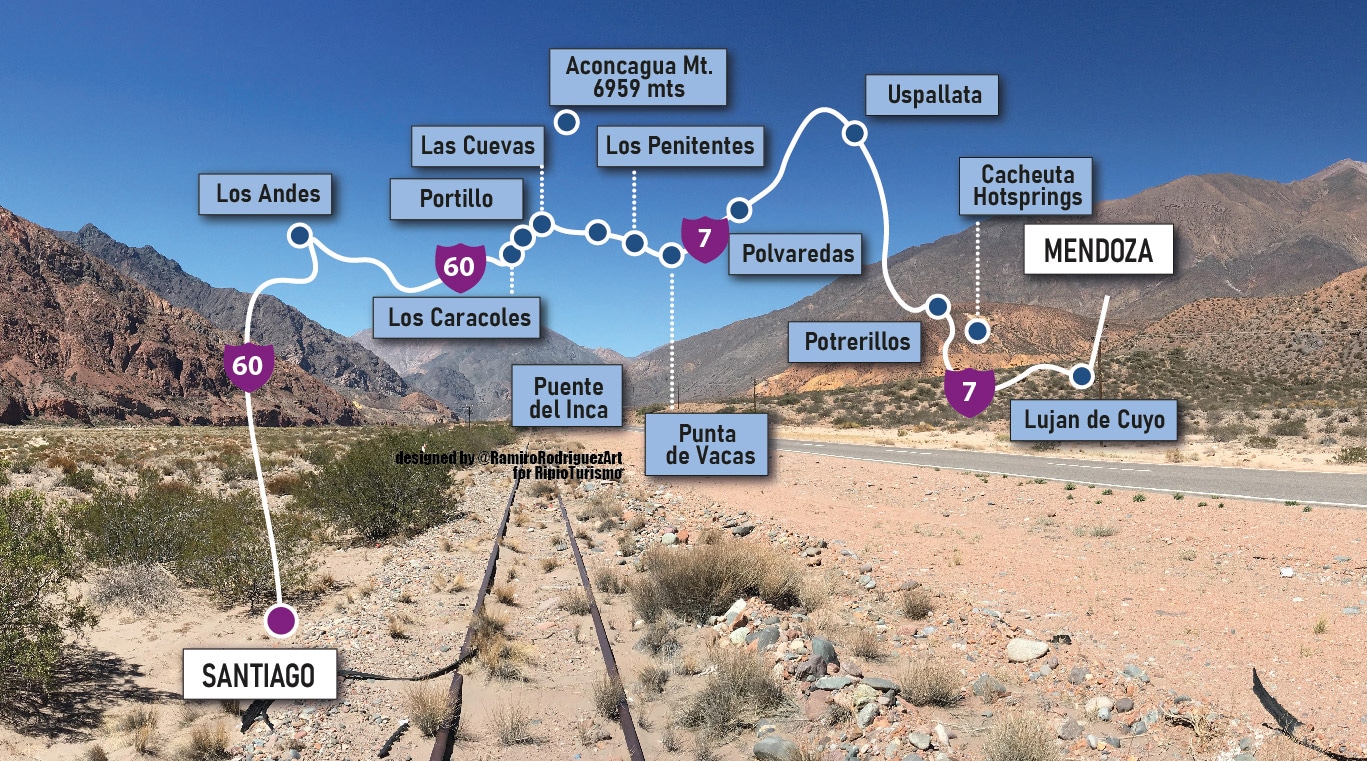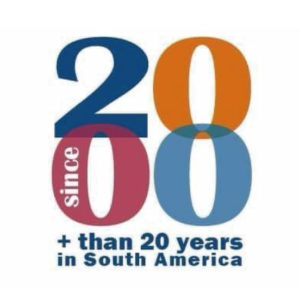General facts about Chile
Chile is the seventh largest country of the twelve South American countries with a large extension from south to north. This encompasses a remarkable variety of climates and landscapes. It contains 756,950 square kilometres (292,260 sq mi) of land area. It is situated within the Pacific Ring of Fire. Chile lies between latitudes 17° and 56°S, and longitudes 66° and 75°W.
Chile: The territory
Chile is the longest country in the world that stretches from North to South in a narrow strip. The South American country stretches over a length of 4,300 km/ 2,670 miles and has a maximum width of 350 km/ 217 miles at its widest point. Chile is one of two southernmost countries in South America that border the South Pacific Ocean – the other country is Argentina. The country borders three countries: Peru, Bolivia and Argentina. The border between Argentina and Chile is the longest border on the South American continent with 6,691 km/ 4,157 miles. The Argentina – Chile border is also the third longest international border in the world.
Chile controls Easter Island and Sala y Gómez Island, the easternmost islands of Polynesia, which it incorporated to its territory in 1888, and the Juan Fernández Islands, more than 600 km (370 mi) from the mainland. Also controlled but only temporarily inhabited (by some local fishermen) are the small islands of San Ambrosio and San Felix. These islands are notable because they extend Chile’s claim to territorial waters out from its coast into the Pacific Ocean.
People: Ethnic groups
The recent study establishes that the genetic composition of Chile is 52% of European origin, with 44% of the genome coming from Native Americans (Amerindians), and 4% coming from Africa, making Chile a primarily mestizo country with traces of African descent present in half of the population. Most of the immigrants to Chile during the 19th and 20th centuries came from France, Great Britain, Germany, and Croatia, among others. Descendants of different European ethnic groups often intermarried in Chile. This intermarriage and mixture of cultures and races have helped to shape the present society and culture of the Chilean middle and upper classes. Also, roughly 500,000 of Chile’s population is of full or partial Palestinian origin, and 800,000 Arab descents. Chile currently has 1.5 million of Latin American immigrants, mainly from Venezuela, Peru, Haiti, Colombia, Bolivia and Argentina;
Language
The Spanish spoken in Chile is distinctively accented and quite unlike that of neighboring South American countries because final syllables are often dropped, and some consonants have a soft pronunciation. Accent varies only very slightly from north to south; more noticeable are the differences in accent based on social class or whether one lives in the city or the country. That the Chilean population was largely formed in a small section at the center of the country and then migrated in modest numbers to the north and south helps explain this relative lack of differentiation, which was maintained by the national reach of radio, and now television, which also helps to diffuse and homogenize colloquial expressions. There are several indigenous languages spoken in Chile: Mapudungun, Quechua, Aymara and Rapa Nui. After the Spanish invasion, Spanish took over as the lingua franca and the indigenous languages have become minority languages, with some now extinct or close to extinction
Religion
66.6% of Chilean population over 15 years of age claimed to adhere to the Roman Catholic church, a decrease from the 70% reported in the 2002 census. In the same census of 2012, 17% of Chileans reported adherence to an Evangelical church (“Evangelical” in the census referred to all Christian denominations other than the Roman Catholic and Orthodox—Greek, Persian, Serbian, Ukrainian, and Armenian—churches, The Church of Jesus Christ of Latter-day Saints or Mormons, Seventh-day Adventists, and Jehovah’s Witnesses: essentially, those denominations generally still termed “Protestant” in most English-speaking lands, although Adventism is often considered an Evangelical denomination as well). Approximately 90% of Evangelical Christians are Pentecostal. but Wesleyan, Lutheran, Anglican, Episcopalian, Presbyterian, other Reformed, Baptist, and Methodist churches also are present amongst Chilean Evangelical churches.[140] Irreligious people, atheists, and agnostics account for around 12% of the population.
Other interesting facts about Argentina
The Yerba Mate is the most popular drink in Argentina: t is deeply ingrained in the culture and is the focal point in social gatherings, handed around for everyone to share. Mate is a black herbal tea made from the yerba mate herb, grown in the Northeast provinces of Misiones and Corrientes. The herb is placed in a gourd (the mate pot), hot water added, then served from a metal straw called a bombilla.
Polo is great, but national sport is El Pato: Since 1953 the Pato was declared as national sport. It`s a traditional game played by bauchos on horseback wich combines elements of polo and basketball.
Argentina has the best steak you can taste in the world: Yes, absolutely with more cows than people, you can taste the best meat. Enjoy the incredible Asado, Bife de Chorizo and other delicions in restaurants called “parrillas”
Argentinians eat very late in the evening: Yes, usually not before 9 pm and usually 10 or 10.30 hs during summer.
Main personalities worldwide known are Diego Maradona, Eva Peron, Pope Francisco, and Lionel Messi












